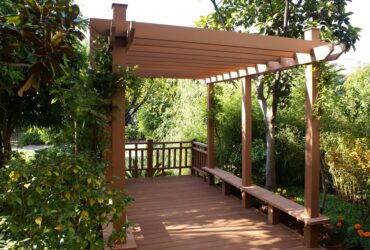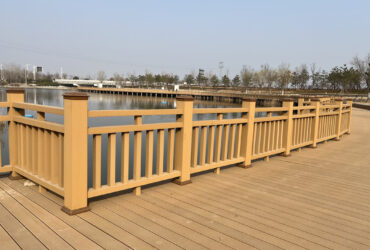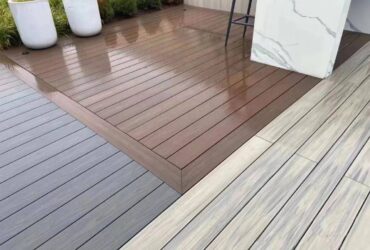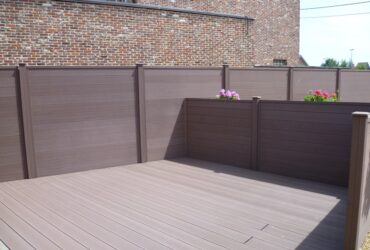Polyethylene Wood Plastic Composite Material
Polyethylene (PE) is a plastic product with good chemical stability, excellent processing performance, stable mechanical properties and anti-aging properties. It is widely used in building decoration projects. However, because the performance of polyethylene is very stable, the non-degradability of waste polyethylene materials will put great pressure on the environment and cause a certain degree of environmental pollution. In addition to mitigating environmental pollution problems, the production of polyethylene wood-plastic composite materials can also recycle and reuse polyethylene, providing a broader space for its development.
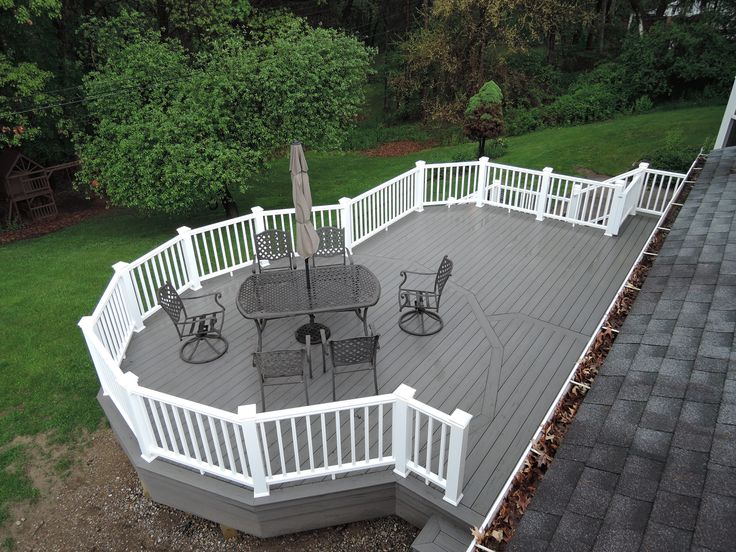
The preparation of polyethylene/bamboo-wood-plastic composite materials was realized by using waste polyethylene materials, and the properties of polyethylene/bamboo-wood-plastic composite materials were studied at the same time.During the experiment, more diphenylmethane diisocyanate (MDI), methyl methacrylate (MMA), and sodium hydroxide (NaOH) were used to pretreat the bamboo fiber surface. The experimental results showed that: The processing and preparation of sodium hydroxide composite materials significantly improves the mechanical properties of the composite materials. When the bamboo fiber mass fraction exceeds 30%, the tensile strength and impact strength of the polyethylene/bamboo wood-plastic composite materials reach the best, and the polyethylene/bamboo wood-plastic composite materials reach the optimal tensile strength and impact strength. The water absorption performance of wood-plastic composite materials has also been improved to some extent.
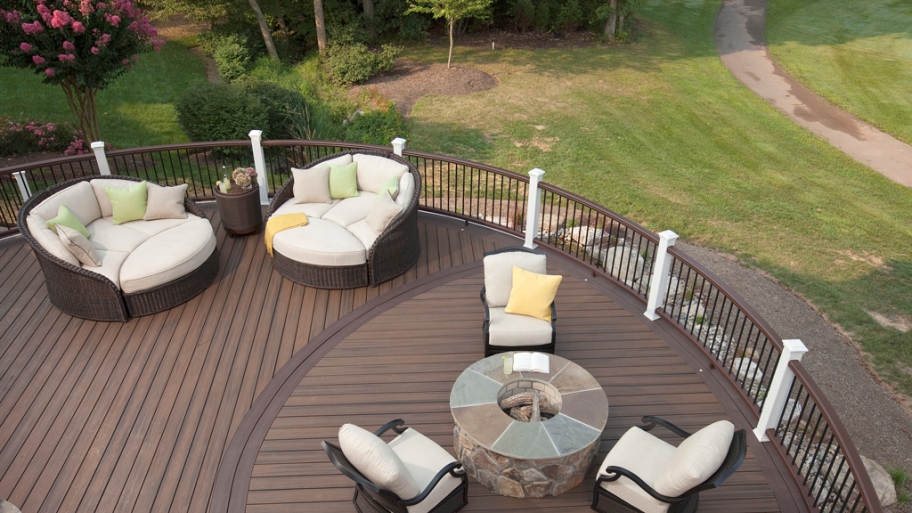
The texture and grain of natural wood: Through processing, synthesis and modern technology, wood-plastic composite materials usually have the same texture and grain as natural wood, which meets people's demand for the beauty of traditional wood.
Wood-plastic composite materials have strong bending properties: the static bending strength of wood-plastic composite materials is usually not less than 20 MPa, and the flexural elastic modulus is not less than 1800 MPa; wood-plastic composite materials have a higher nail-holding force than traditional wood.
Wood-plastic composite materials have strong adjustability:Additives can be added to the production process to allow WPC to undergo polymerization, curing, foaming and other changes, resulting in greater changes in strength and density, thus achieving flame retardant, anti-aging, and anti-static requirements.
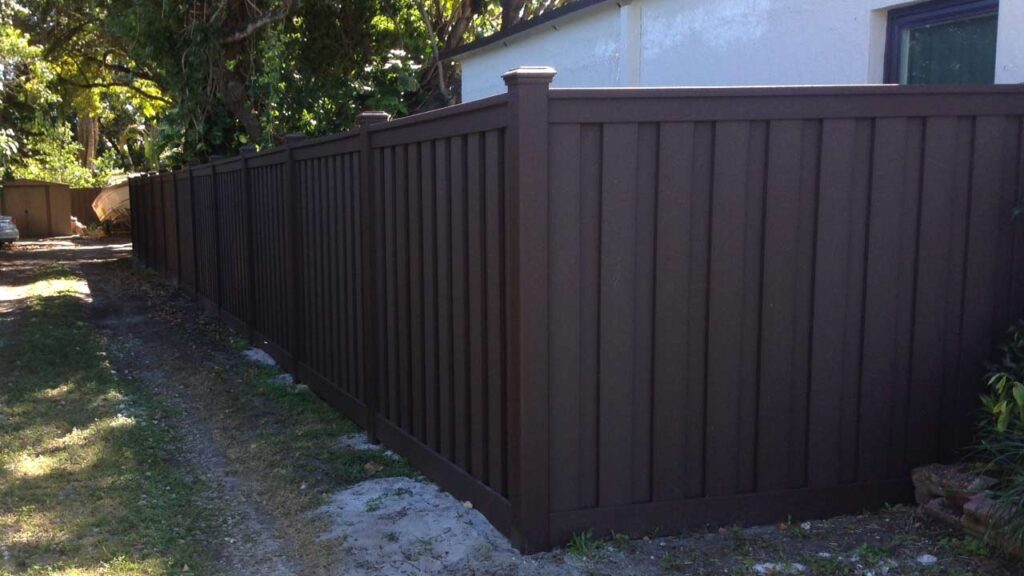
Diversification of the raw material composition of wood-plastic composite materials: waste wood and plastic can be reused and processed into WPC. The material is composed of polymer plastics and raw plant fibers. It can be extracted from recycled waste plastics, sawdust, wood scraps, etc. The price of raw materials is much cheaper than traditional wood.
During the production and processing of wood-plastic composite materials, toxic and harmful gases such as ammonia, formaldehyde and benzene that are harmful to human health are not added, so WPC is a pollution-free, pollution-free and environmentally friendly material. At the same time, wood-plastic composite materials are highly decomposable, can be recycled for production, and can be recycled.

